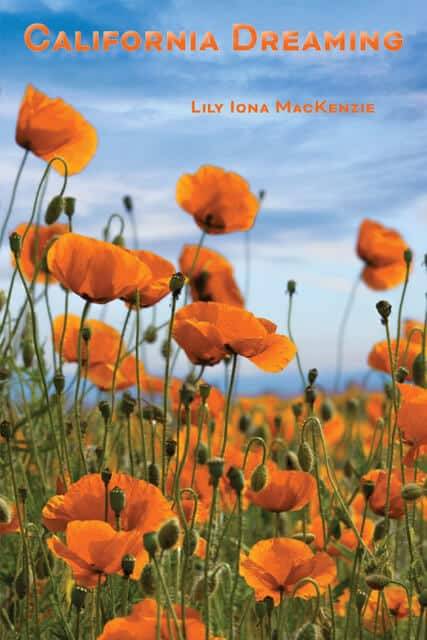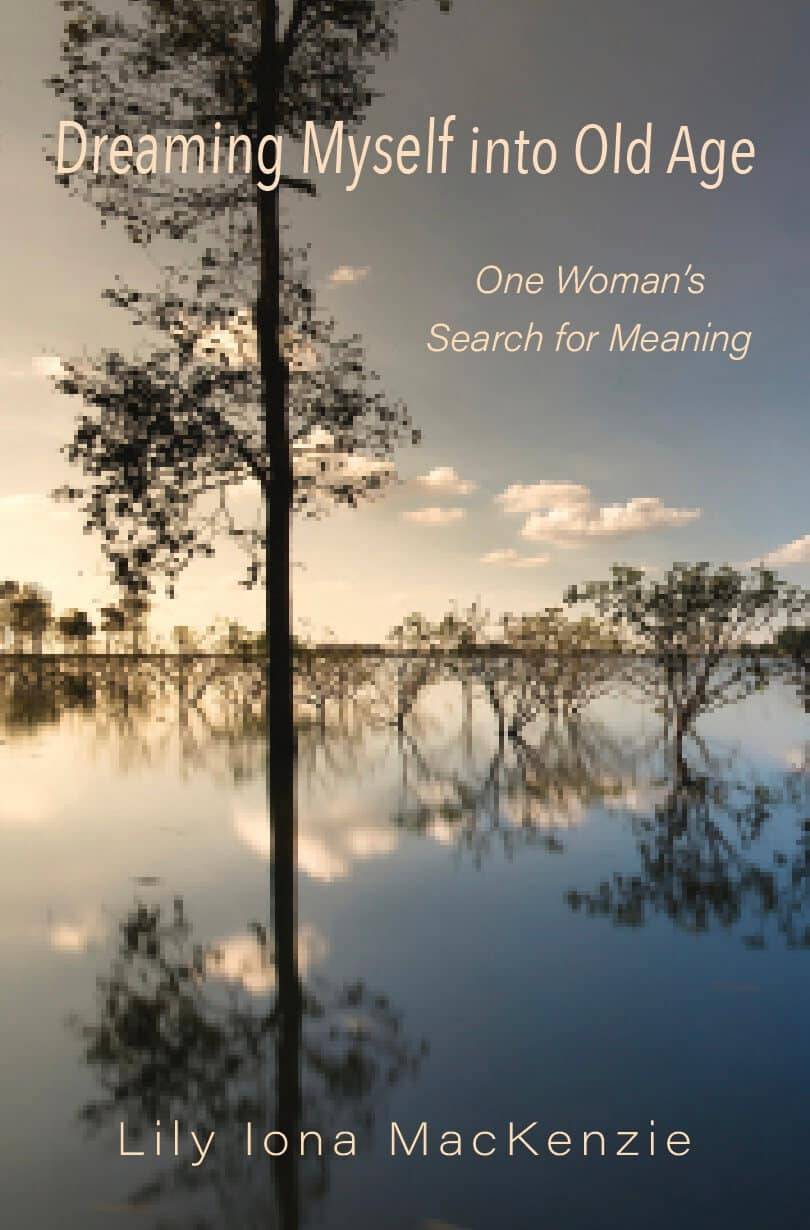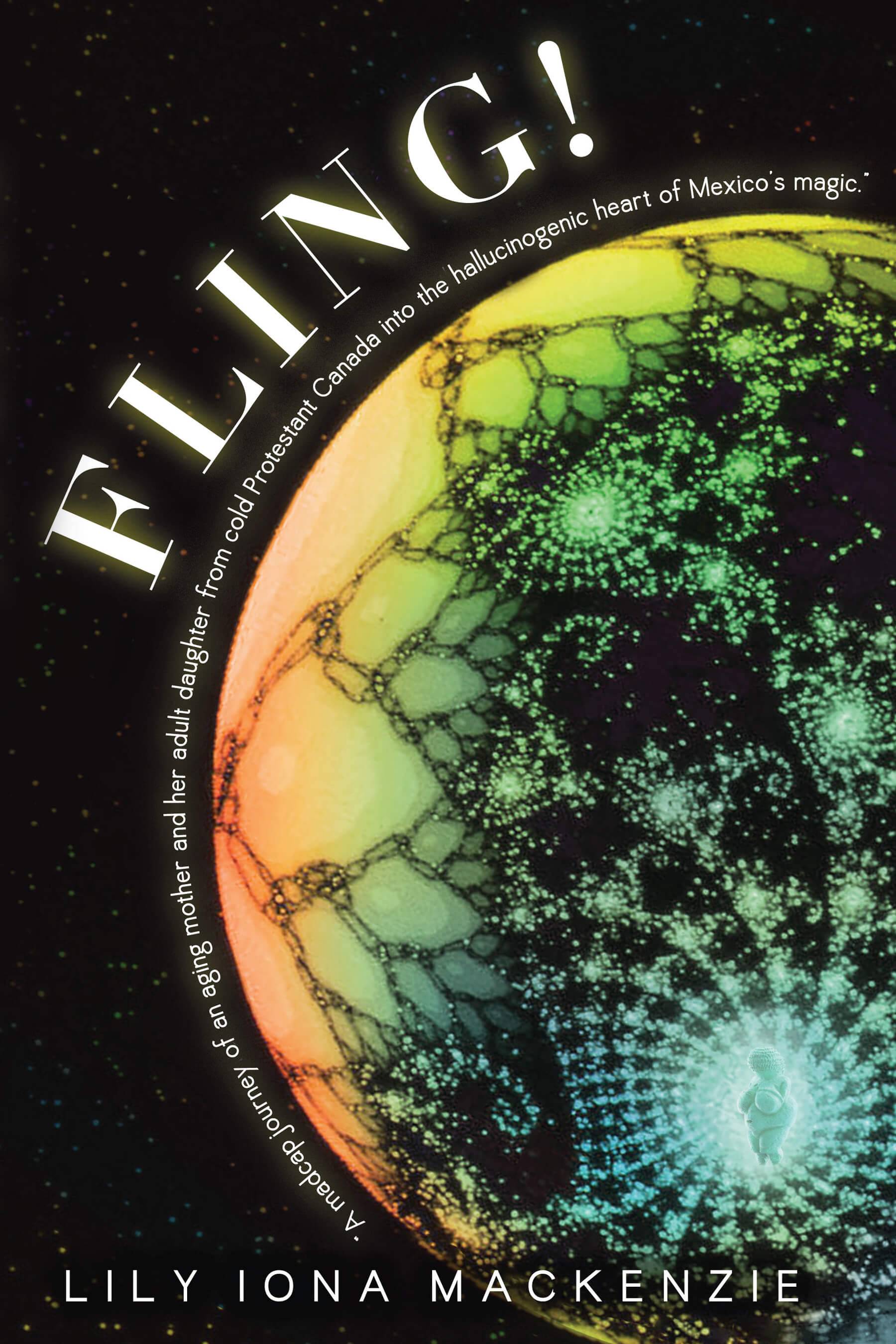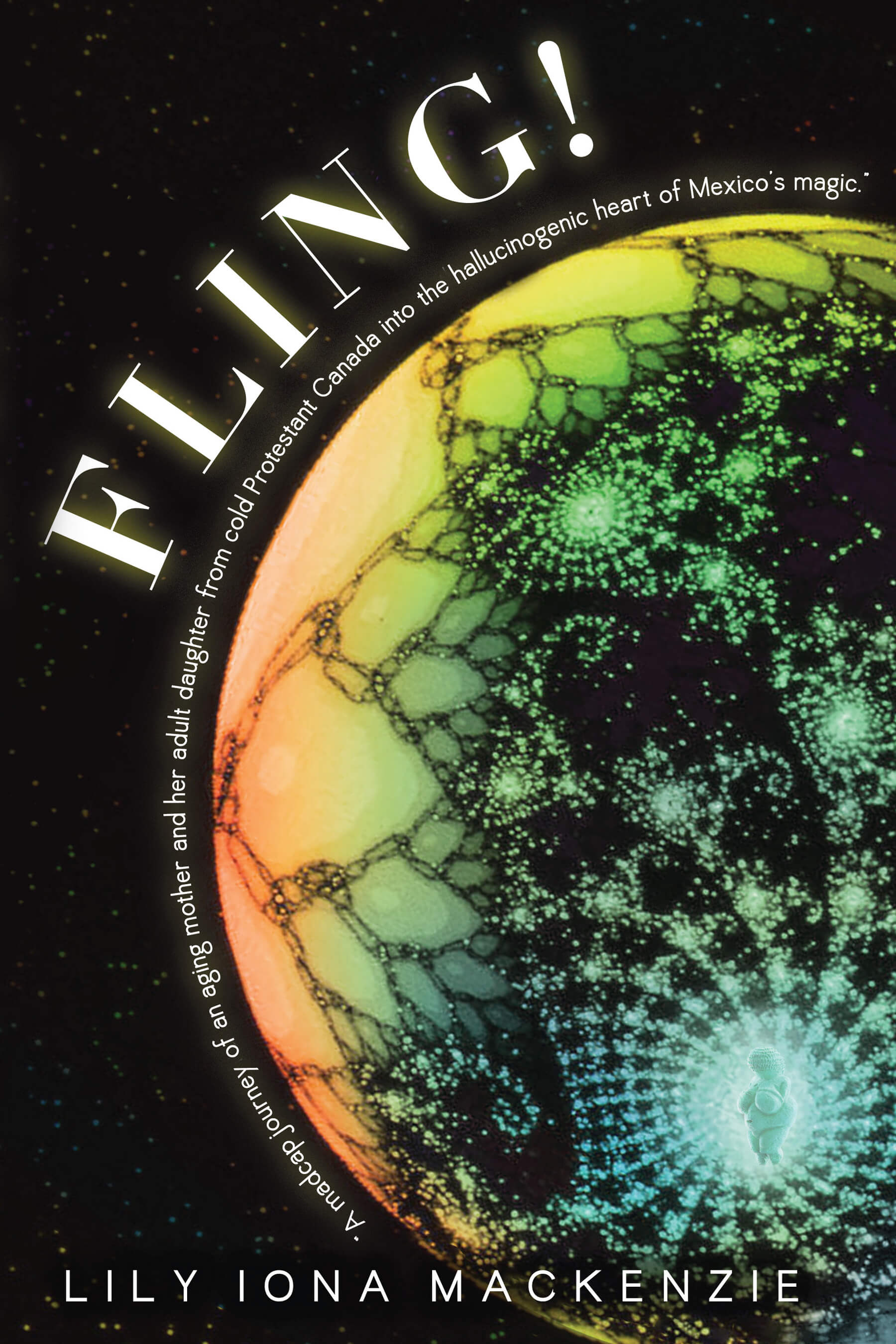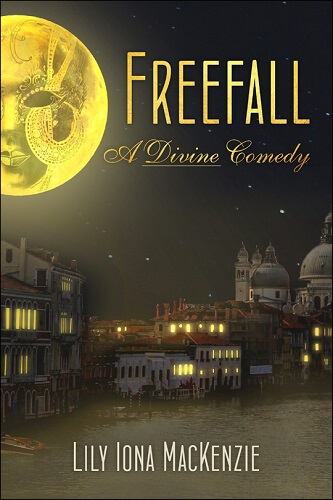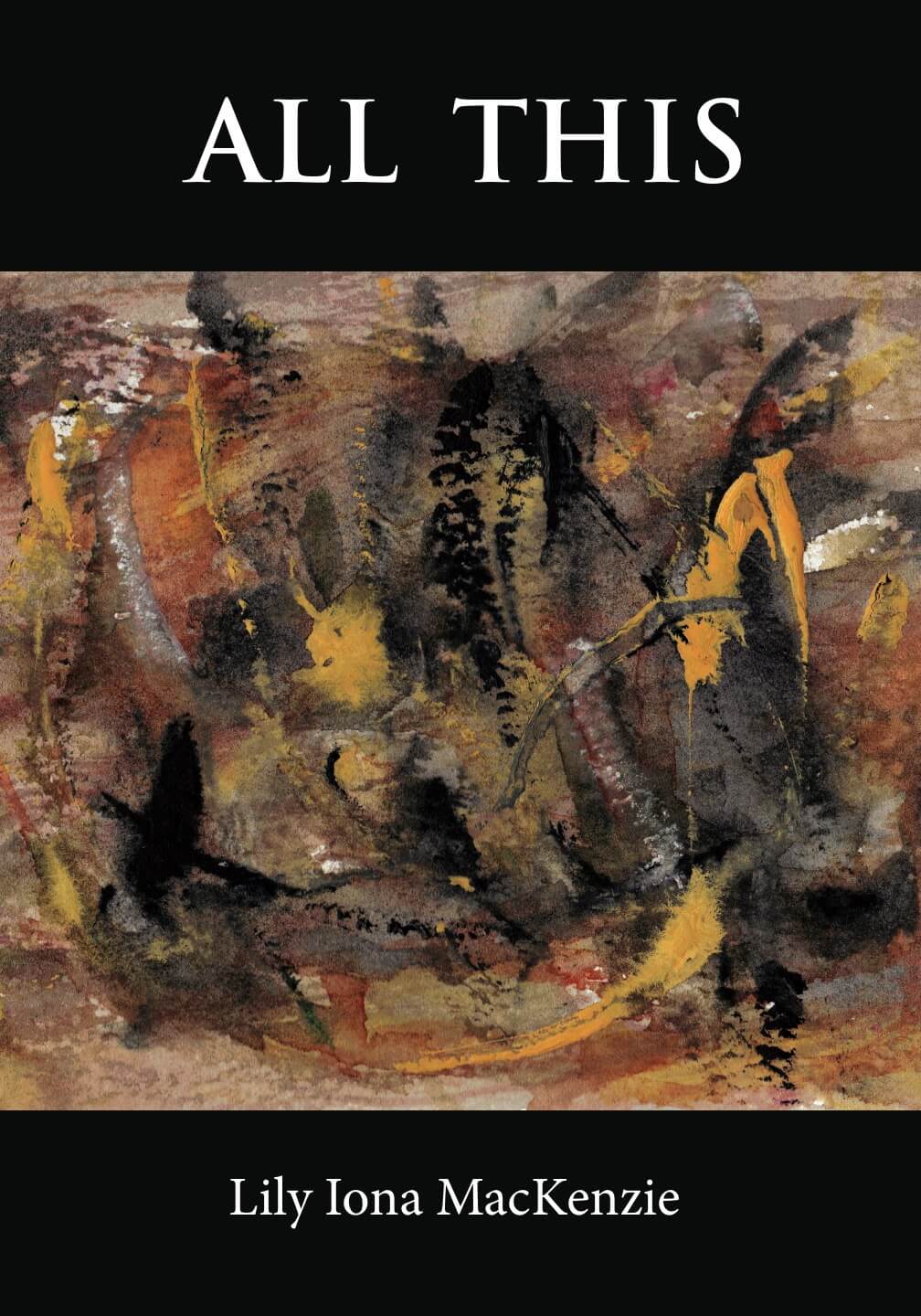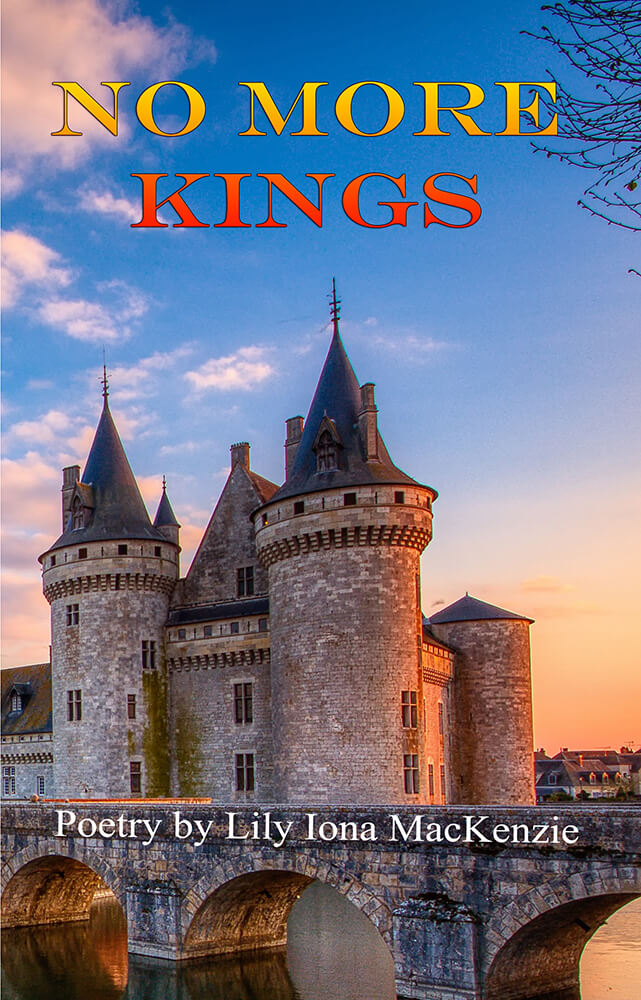Fog flirts with the spit of land across the way, clinging at times to tree tops, then lifting mysteriously, appearing again a moment later, threading in and out of the pines. Nasturtiums blow in the breeze, lawn and gardens (vegetable and flower) extending down to the water’s edge, jumbo red and yellow begonias bordering the walkways. Where are we? Sooke Harbor House. Sooke Harbor, the Strait of Juan de Fuca, and Washington State’s Olympic Mountains meets us as we step through the doorway into our room.
A typical August day on Vancouver Island, temperatures in the low 70s, a cooling sea breeze floats through the open balcony door, carrying a whiff of wood smoke from someone’s fireplace (most of the rooms have one) and the salty sea air.
A sky light opens up the vaulted ceiling directly above the four poster king-size bed. We can see blue sky and clouds, and I look forward to viewing the stars later.
We feel like welcome guests in someone’s house, Canada’s past coming alive in the furnishings: a well-worn seaman’s chest, old and lovingly used; antique hand-made cushion covers adding color to the all-white duvet on the bed. A visual delight meets the eye everywhere—freshly picked yellow lilies fill a vase on the mantel, and a maple rocker sits in front of the fireplace where wood wrapped in newspaper waits, ready to be lit, taking the chill off cool evenings and mornings.
My abbreviated journal entry for that day reads “4:16 PM at Sooke Harbor House. It’s splendid. Wow!”
Though we’ve chosen one of the lower-priced rooms, it lacks nothing for our comfort—white terry-cloth robes; an iron and ironing board; a hair dryer; plenty of coffee makings, tea, and milk kept fresh in the wet bar.
On previous trips to Vancouver Island, my husband and I always made Victoria our center, staying at the University of Victoria conference center in a park-like setting where accommodations are inexpensive and modest. This time we wanted to stay at more upscale places, to make lodgings an important part of our holiday experience.
We weren’t disappointed.
But it was difficult to drag ourselves away from the place to explore the surrounding area. The grounds invite leisurely strolls, and the lounge chairs on our balcony begged to be sat on. So we rested awhile, inhaling sea air and letting our thoughts dissolve with the fog.
Sooke is adapted from T’Sou-ke, the name of the coast Salish people and a species of stipplebacked fish once numerous in the Sooke basin. The village has one traffic light and little else to distinguish itself. Yet blue and white signs announcing bed and breakfast accommodations are everywhere, much of the village remaining concealed behind shrubbery.
This is not picturesque Sidney-by-the-Sea, main street dripping with hanging flower baskets and charm. But Sooke has its own particular allure. It isn’t trying to be upscale, something it isn’t. A fishing village originally, it still feels like one, offering visitors plenty of opportunities to catch cod, halibut, salmon, and other local favorites either from shore or from one of several chartered fishing boats.
That first night we ate in the Sooke Harbor House candle-lit dining room overlooking the water and mountains, one of Canada’s best restaurants and a major attraction for that area. A lively fire added warmth to the place. We ordered a table d’hôte meal, each dish incorporating figs. The chefs impressed us with their imaginative approach to figs—they were transformed and transforming.
Almost not recognizable in their original form, the figs became something else. Never did they overwhelm what they accompanied. The fig sauce complimented the lamb in the main course, provided a subtle contrasting taste in the soup, gave a new definition for fig in the appetizer, and folded itself into the dessert.
Most people who eat at the restaurant rave about the place, traveling to Sooke just to dine on their haute cuisine, staying at a nearby bed and breakfast when the Inn is full. (I stopped one day at The Snuggery, an up-scale B&B with views of the harbor that I also can recommend, and chatted with the owner. He said that Sooke Harbor House had put Sooke on the map. The many bed and breakfasts catch the overflow from the Inn, or provide accommodations for people who just go there to eat.) Sooke offers lodgings for every budget.
The chefs had other chances to tempt our palates. Every morning, a woman brought breakfast to our room. Each one included a fruit compote, home-made yogurt and blackberry jam, croissants, cereal, juice, and coffee plus a special entree. The first morning we feasted on oatwheat cakes served with a mix of fresh fruit. The second morning, we ate poached eggs on cheese bread flavored with herbs, a delicate salmon flavored sauce floating on top.
After gorging on breakfast, we were ready for a good bike ride. We picked up our picnic lunch from the kitchen, arranged in an insulated back pack, loaded our bikes on the car, and headed for the Galloping Goose trail, the beginning of what eventually will be over 2,000 miles of hiking and biking trails crossing Canada, replacing old train tracks.
The trail actually starts in Victoria, and if we’d been more ambitious, we could have ridden our bikes from Sooke to Victoria in just a few hours. But we were there to enjoy the countryside, not win a marathon, so we followed Sooke Basin for a time, watching buffleheads and Barrow’s goldeneye riding the swells. Douglas fir and sword fern line the trail, the Goose dropping down at times into a creek bed, where we stopped and watched the water flow over igneous rock and feasted on blackberries that grow wild everywhere.
Across the basin we could see the hills of East Sooke Regional Park rise out of the water. If you prefer hiking to biking, East Sooke’s Coast Trail offers a west coast wilderness experience within easy reach of the town of Sooke, considered one of the premier day hikes in Canada.
The ten kilometer trail is rough and winding, a challenging six-hour trip even for experienced hikers, but well worth the effort. From a bluff of windswept pines, the ocean crashing at your feet, to a dark rain forest at the end of a ravine, to the sea’s edge—the trail takes you over many terrains. It also lets you view petroglyths bruised into the rock, a style particular to the Strait of Juan de Fuca.
There are other popular trails, one being the West Coast Trail, stretching 77 kilometers from Port Renfrew on the south end of Vancouver Island to Bamfield on the north end. Another is the Juan de Fuca Marine Trail, a 47 kilometer hiking trail starting at China Beach and extending to Botanical Beach near Port Renfrew.
But we were contented to glide along on our bikes, cruising mainly on asphalt. After an hour, we chose a picnic bench in Roche Cove Regional Park and eagerly unzipped the forest green pack. It contained a checkered table cloth and matching napkins, dishes, a small wood cutting board, real silverware, a cutting knife, cheese, rolls, gourmet pasta and salmon salad, apples, a blackberry tart, and two bottles of mineral water. It was one of the most elegant picnics we’ve had.
A warm afternoon, we returned along the route we’d taken, following it through Sooke, looking for the potholes in the Sooke River we’d read about, hoping to have a swim. But we detoured instead to the Sooke Region Museum and Visitor Information Center, forgetting about the potholes, taken back in time to when the first aboriginal people arrived on those shores.
We were impressed with the exhibits, videos, and books that gave us a fuller sense of the early settlers and their lives—a working steam engine, a ship wreck display, forestry exhibits, a nature trail. A docent (“Aunt Tilly”) showed us through one of the oldest standing buildings on Vancouver Island, a cottage built in 1902, constructed of lumber cut in the Muir sawmill, the first successfully-operated steam sawmill in British Columbia. Aunt Tilly, the lady of the house, showed us what a day in her life was like at that time.
Each August Sooke hosts a major annual Fine Arts Show that we had just missed by a few days. One of the largest juried shows held in B.C., hundreds of talented artists enter.
Of course, we spent time in Victoria too, the only North American city I can think of that hasn’t been taken over by overpowering skyscrapers. Though the capital of British Columbia, it still feels like a village. But Sooke is a village, gateway to the southern part of the Island, a combination of the wild and the tamed, providing such a wide range of activities that we’re already planning our next visit.
Pen-L Press will be publishing my novel Fling in 2015. A wildly comic romp on mothers, daughters, art, and death, the book should appeal to a broad range of readers. While the main characters are middle-aged and older, their zest for life would draw readers of all ages, male or female, attracting the youthful adventurer in most people. Though women may identify more readily with Feather and Bubbles’ daughter and mother struggles, the heart of the book is how they approach their aging selves and are open to new experiences. Since art and imagination are key to this narrative, artists of all ages would find something to enjoy. And because the book crosses many borders (Scotland, Canada, the U.S., and Mexico), it also can’t be limited to a specific age group, social class, gender, or region.
My first fan letter for Fling came from an 80 year-old woman who lives in the tiny village of Christina Lake, B.C. My son, who also lives there, had given her my manuscript to read. She said, “I just wanted to express to you how very much I enjoyed your writing. I started it and didn’t stop till I had read it all. I very much like your style and your subtle humor. Thank you for a most enjoyable read. I can’t understand why it hasn’t been scooped up by some publisher. But I know that it will be. In my estimation I know that it is excellent literary work. I am a voracious reader and have been since grade 4. I remember my first book was Tom Sawyer and I have never stopped since then. I go through 4 to 5 books a week. We are so fortunate here at the Lake now. The Library staff in Grand Forks come out here every Wednesday. I have become very fond of the young lady who comes out. She provides me with all the award winning books and orders others for me. Again I want to express to you how very much I enjoyed your manuscript. Have patience my dear….it will be published to wide acclaim I am so sure.” —Joan Fornelli.
Here is a synopsis:
Feather, an aging hippie, returns to her Calgary home to help her mother, Bubbles, celebrate her 90th birthday. Bubbles has received mail from the dead letter office in Mexico City, asking her to pick up her mother’s ashes, left there seventy years earlier and only now surfacing. Bubbles’ mother, Scottish by birth, had died in Mexico in the late 1920s after taking off with a married man and abandoning her husband and kids.
A woman with a mission, and still vigorous, Bubbles convinces a reluctant Feather to take her to Mexico so she can recover the ashes and give her mother a proper burial. Both women have recently shed husbands and have a secondary agenda: they’d like a little action. And they get it.
Alternating narratives weave together Feather and Bubbles’ odyssey with their colorful Scottish ancestors, creating a family tapestry. The “now” thread presents the two women as they travel south from Canada to San Francisco and then Mexico, covering a span of about six months. “Now” and “then” merge in Mexico when Bubbles’ long-dead mother, grandmother, and grandfather turn up, enlivening the narrative with their antics.
In Mexico, the land where reality and magic co-exist, Feather gets a new sense of her mother. The Indian villagers mistake Bubbles for a well-known rain goddess, praying for her to bring rain so their land will thrive again. Feather, who’s been seeking “The Goddess” for years, eventually realizes what she’s overlooked.
Meanwhile, Bubbles’ quest for her mother’s ashes (and a new man) has increased her zest for life. A shrewd business woman (she’s raised chickens, sold her crafts, taken in bizarre boarders, and has a sure-fire system for winning at bingo and lotteries), she’s certain she’s found the fountain of youth at a mineral springs outside San Miguel de Allende; she’s determined to bottle the water and sell it.
But gambling is her first love, and unlike most women her age, fun-loving Bubbles takes risks, believing she’s immortal. Unlike her daughter, Bubbles doesn’t hold back in any way, eating heartily, lusting after strangers, her youthful spirit and innocence convincing readers that they’ve found the fountain of youth themselves in this character. At ninety, she comes into her own, coming to age, proving it’s never too late to fulfill one’s dreams.
Fling, a meditation on death, mothers and daughters, and art, suggests that the fountain of youth is the imagination, and this is what they all discover in Mexico. It’s what Bubbles wants to bottle, but she doesn’t need to. She embodies it. The whole family does.
